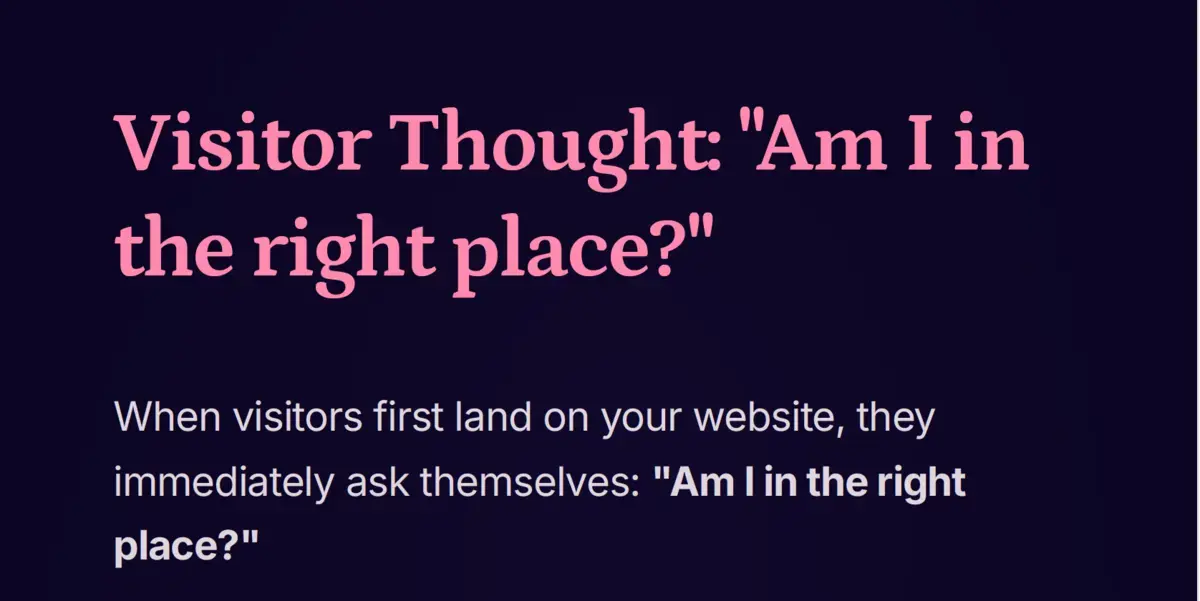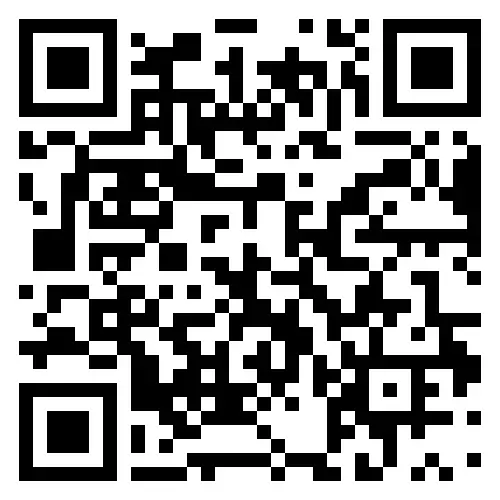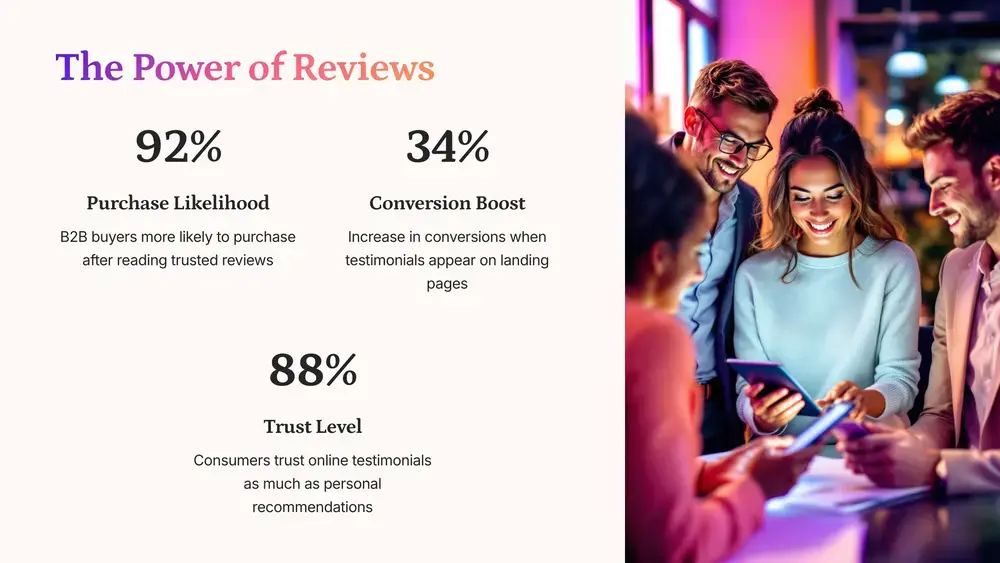Fix Your SaaS Value Prop for Better Conversions

Share this post
Most SaaS companies approach website conversion optimization backwards—they lead with features when visitors are making decisions based on beliefs and emotions. This guide reveals why traditional feature-heavy messaging fails to convert prospects and provides a framework for building belief-driven value propositions that resonate at a deeper level. By understanding that visitors make lightning-fast judgments based on whether your core beliefs align with theirs, SaaS companies can transform their websites from feature catalogs into conversion machines that attract the right customers who share their vision.
Key Takeaways:
- Start with Belief: Lead with why you exist and what you believe about your industry, not what features you offer
- Understand the 5-Second Assessment: Visitors evaluate belief alignment before processing any technical details
- Avoid Feature Traps: Technical capabilities and integrations don't inspire action—shared beliefs do
- Create Neural Alignment: When your beliefs resonate with prospects' worldviews, their brains literally process your message as self-relevant
- Build Movements, Not Just User Bases: Customers who connect with your beliefs become evangelists with higher lifetime value and lower churn
- Test Belief Communication: Measure whether visitors can articulate your core beliefs after viewing your homepage for 5 seconds
- Optimize for Emotions: Logic justifies decisions, but emotions (triggered by belief alignment) drive them
Transform your SaaS website conversion rate optimization by unlocking the power that drives human decisions
In 2025, the SaaS industry is facing an unprecedented value proposition crisis that cuts to the heart of what motivates people to take action. Most companies tell prospects what they do and how they do it, but fail to inspire with the fundamental belief that drives their mission: that businesses deserve software that amplifies human potential, not just processes data. As AI-native competitors emerge offering 10x the value of traditional solutions, market saturation creates a sea of similar-looking products, and customers suffer from subscription fatigue while leaving over half their software licenses unused, the stakes have never been higher. The companies that will thrive are those that inspire action by communicating their core belief—their WHY—before explaining what they do.
The Real Problem with Most SaaS Value Propositions
Why Technical Features Don't Convert Prospects
The harsh reality hitting SaaS companies isn't just about having the wrong value proposition - it's about fundamentally misunderstanding what drives human decision-making. According to Gartner research, successful organizations create value by "integrating digital content aligned to buyer objectives" and using "copy that is grounded in buyer needs, not product capabilities."
But here's what Gartner doesn't tell you: At the deepest level, every software purchase is an emotional decision wrapped in logical justification. Prospects don't buy features—they buy the belief that your solution will transform their reality.
The Belief Gap That's Killing Conversions
Consider this scenario: A marketing director searches for "marketing automation ROI" and lands on your homepage. Deep down, they believe that their success depends on proving marketing's value to the business. They need a partner who shares this belief—that marketing should be accountable, measurable, and directly tied to revenue growth.
Instead, they see feature-heavy messaging that completely ignores their core belief: "Advanced workflow automation with 50+ integrations" or "Machine learning-powered personalization engine."
This fundamental misalignment fails because:
1. Missing the Emotional Core People don't make decisions purely on logic. They're driven by beliefs about how the world should work. When your message resonates with these beliefs, prospects feel understood at a visceral level. When it doesn't, they bounce—regardless of how impressive your features are.
2. Cognitive Overload from Feature Obsession Our brains are wired to seek meaning before details. When you lead with features, you force prospects to work backwards to understand why they should care. This cognitive burden dooms most SaaS websites to poor conversion rates.
3. Commoditization Through Belief Confusion When companies fail to articulate their core belief, they default to feature competition. Without a clear belief system, prospects see no meaningful difference between solutions, leading to price wars and commoditization.
The Neuroscience of Software Decisions
Brain imaging reveals that when people truly connect with a brand's purpose, the same areas light up as when they think about themselves. This isn't metaphorical—it's literal neurological alignment. When your WHY resonates, you're not just selling software; you're offering prospects a way to express their own beliefs.
The Visitor's Journey vs. Your Messaging (The 5-Second Belief System)
During those crucial first 5 seconds on your SaaS website, visitors are making lightning-fast judgments that operate far below conscious thought. They're scanning for alignment between their beliefs and yours—and this process happens faster than they can articulate.
The 5-Second Belief Assessment
Research shows that visitors make decisions about your website within 50 milliseconds to 5 seconds. But what's really happening is a belief compatibility check:
- "Do you believe what I believe?" - The deepest, often unconscious assessment
- "Can you help me express my beliefs?" - Evaluating alignment between values and approach
- "What proof do you offer?" - Seeking evidence that confirms the belief match
Eye-tracking studies reveal where this assessment happens:
- 0.3 seconds on the logo (tribal identification)
- 1.2 seconds on the headline (belief statement)
- 1.5 seconds on hero image (emotional resonance)
- 2 seconds on primary CTA (belief-driven action)
Visitor's core belief: "My success depends on making data-driven decisions"
Most sites communicate: "We have advanced analytics and reporting features", but they should communicate their belief: "We believe every decision should be backed by clear, actionable insights"
Visitor's core belief: "My team deserves tools that make their work meaningful"
Most sites communicate: "50+ integrations and workflow automation", but they should communicate their belief: "We believe work should amplify human creativity, not consume it"
Visitor's core belief: "I should focus on strategy, not manual tasks"
Most sites communicate: "Award-winning solution trusted by millions", but they should communicate their belief: "We believe leaders should lead, not manage repetitive tasks"
The problem? These sites are responding to deeply held beliefs with surface-level features instead of connecting belief-to-belief.
The AI Era and Belief Communication
AI has fundamentally changed how quickly people expect to see their beliefs reflected in technology. AI tools often lead with belief statements: "Everyone deserves access to creative tools" (ChatGPT) or "Work should be human, not busy work" (various AI assistants).
When prospects experience this belief-first communication from AI tools, traditional SaaS websites that lead with features feel tone-deaf and disconnected.
Implementing Belief-Driven Communication
Traditional feature-focused approach: "Our CRM provides comprehensive customer relationship management with advanced automation"
Belief-driven approach: "We believe every interaction matters. That's why we built a CRM that ensures no customer ever feels forgotten, helping you build relationships that last."
Complete belief-driven framework:
- WHY (Belief): "Every interaction matters - no customer should ever feel forgotten"
- HOW (Values): "By treating each relationship as unique and worth nurturing"
- WHAT (Proof): "Through AI that remembers every touchpoint and automatically suggests the perfect next action"
The Mobile Belief Challenge
With 60%+ of B2B research starting on mobile, communicating your core belief in a 5x3-inch space becomes even more critical. Mobile visitors, often multitasking between meetings, need an instant belief match to continue engaging.
Testing Your Belief Communication
Try this exercise: Show your homepage to someone for 5 seconds, then ask:
- Belief questions: "What does this company believe about [your industry]?" "What change are they trying to create?"
- Values questions: "How do they approach problems differently?" "What's their philosophy?"
- Proof questions: "What evidence do they provide?" "What specific tools do they offer?"
If they can articulate your beliefs clearly, you're on the right track.
The Transformation Promise
Companies that successfully communicate their core beliefs don't just improve conversion rates—they attract customers who become evangelists. They reduce churn because customers feel aligned at a deeper level. They command premium pricing because they're selling more than software; they're selling a worldview.
In those first 5 seconds, visitors aren't just evaluating your capabilities—they're deciding if you're part of their tribe. When your belief system aligns with theirs, conversion becomes inevitable.
The future belongs to SaaS companies that understand this fundamental truth: People don't buy what you do; they buy why you do it. Make your why irresistible, and watch your conversion rates transform.
Key Takeaways for SaaS Website Conversion Rate Optimization:
- Lead with Belief: Start with why you exist, not what you do
- Tap into Emotions: Connect with visitors' core beliefs about their work and success
- Create Neural Alignment: Make prospects feel you understand their worldview
- Prove Through Action: Show how your beliefs translate into better outcomes
- Build a Movement: Attract customers who share your vision, not just your features
When you start with why, you don't just get more conversions—you get the right conversions from people who believe what you believe.



